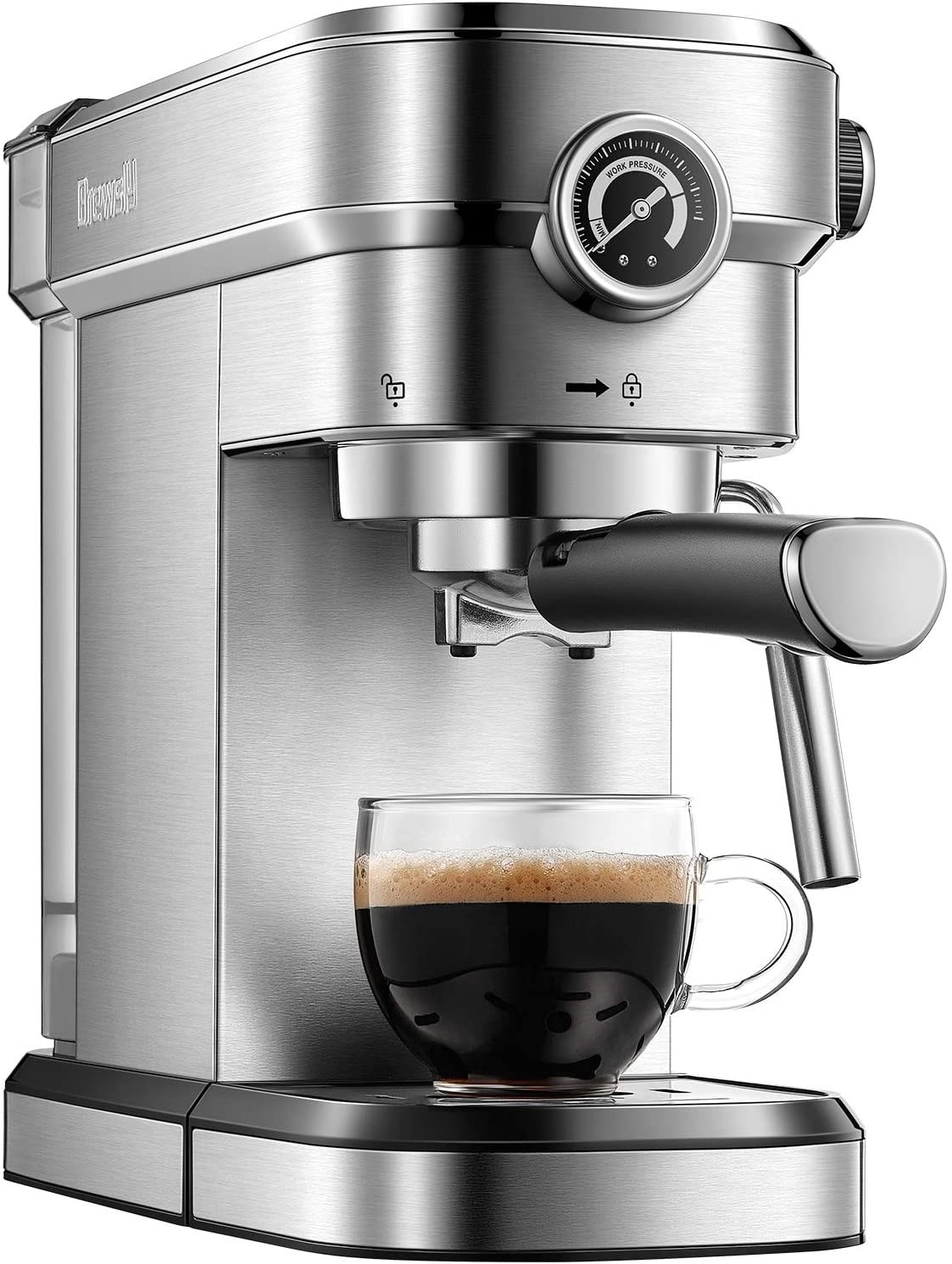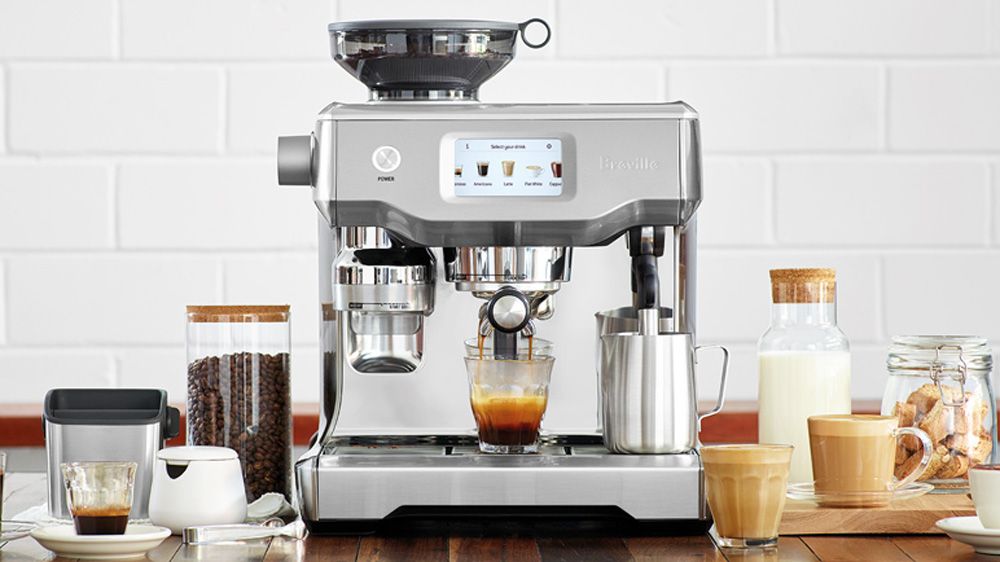

I make sure to record the weight of the grounds I use, plus the weight of espresso for each shot I pull. Whenever possible, I brew double shots of espresso for all my test runs.
#Best expresso machines manual#
Likewise, I follow tamping instructions (light, medium or hard tamp) if the manual provides them. Usually that covers the amount of coffee grounds expected per shot, along with any guidelines regarding coarseness level. To pull shots, I start with the suggested method outlined in a given machine's product manual. Both factors are critical for a proper espresso brewing process. Second, its grind size is consistently uniform. That means it produces a coffee bean grind that's quite fine. First, it's calibrated more for espresso than for drip or other brewing styles. I chose this conical burr grinder for two reasons. So I supply my own grinder: the Breville Smart Grinder Pro. Most automatic espresso machine options, save for fancy super-automatic models, lack an integrated coffee grinder and I prefer to test with freshly ground coffee, not preground coffee. Read our Breville Barista Express review.

If counter space is at a premium in your kitchen, you may want to look at the next machine on the list instead. I will note, though, that this machine is not small. And to seal the deal, Breville includes premium metal tools such as a handy dose trimmer and tamper.

Made from stainless steel, the Barista Express is a cinch to clean as well. The control panel may be a little intimidating at first, but once you get the hang of things, a delicious shot (or double shot) of espresso, latte or other freshly ground coffee drink of choice will be your reward. So while it's not exactly a cheap espresso machine, you're getting a lot for the price. It also consistently pulled the best-tasting coffee bean shots of espresso in my test group. The machine's formidable grinder pulverizes espresso beans and smart technology doses grounds directly into its portafilter basket, plus its sturdy frother steams milk well and makes thick foam. You can't beat the Breville Barista Express and its combination of performance, features and price. And how much you spend on an espresso machine does have a major impact on what type of coffee you'll ultimately get. While they all get the job done and offer the essential features you need - like a steam milk frother, drip tray, substantial water reservoir and easy-to-clean stainless-steel base - the key differentiating factor between them is the price. I also took into account things like water reservoir and storage, water filter, control panel, grinding capabilities and automatic milk frother length (and its milk steamer and milk frother abilities).īased on my experience, these are the three I'd pick as the best home espresso machines. Basically, if it was a coffee drink, I made it. During the process, I made and sampled scores of espresso shots, double shots, lattes, cappuccinos and pitchers of steamed milk and milk froth.

(After all, is espresso from an espresso pod really espresso?) I also revisited three other machines I reviewed previously. I limited my testing to manual espresso machine picks, not the ones that make espresso from a coffee pod or capsule. To find the best commercial espresso machine for espresso lovers, I spent over 80 hours putting 10 available espresso machines through their paces. That's not inherently bad it's just not espresso. What they produce is really moka pot coffee, the sort of drink made by simple stovetop brewers it won't taste quite like the espresso you're used to from the barista at your local coffee shop or cafe. For the coffee lover on a budget, "espresso brewers" (in the $30 to $50 price range) typically lack motorized pumps and are powered by steam pressure alone.


 0 kommentar(er)
0 kommentar(er)
